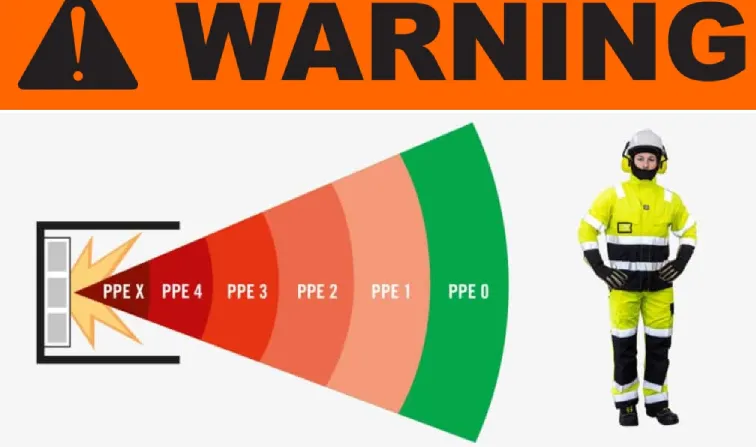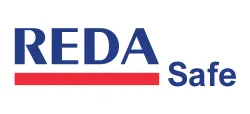Electrical Arcs Risk Boundaries, Why Pay More When You Could Pay Less?

Introduction
It’s always been a top priority for any producing utilities to protect their employees, on duty, from various risks like Flash Fire and Arc Flash.
This article shall focus on the approach to Arc Flash protective garments mainly used for power utilities.
What is Arc Flash
An arc flash is the light and heat produced when electric current leaves its designed path and travels through the air or ground from one conductor to another. The result is a formation of electrical arc loaded with sufficient energy that can cause substantial damage, fire, injury, and sometime death.
If Arc Flash touches unprotected humans, and depending on the amount of energy and heat, it can cause fatal burns injuries and can lead to death.
Arc Flash Protective Garments
It acts like any other protective garment, and from a barrier between the risk factor and human skin. However, garment fabrics performance must be tested and certified for the intended levels of Arc Thermal Protection Value (ATPV).
Electrical arc develops Incident Energy during an electrical arc event. This energy is measured by calories per centimeter squared (calories/cm2).
NFPA 70E Boundaries
By the definition of the standard NFPA 70E (National Fire Protection Association), 4 levels of hazards of life current were identified, depending on the distance from the risk source as follows:
- Outer boundary: distance from an exposed live part where a shock hazard exists to above 1 meter.
- Limited Approach: limit the distance from an exposed live part where a shock hazard exists to 1 meter.
- Restricted Approach: limit the distance from an exposed live part where a shock hazard exists to 30 cm meter.
- Prohibited Approach: Direct contact from an exposed live part where a shock hazard exists.
PPE to Boundaries Guidelines
Having NFPA 70E identified the boundaries, it is recommended for power utilities to apply the following protection levels:

Risk Nature vs PPE Garments
Risk can only happen on duty and only when employees are directly exposed or in contact with the risk source, and not on a daily or during office hours basis.
Wearing PPE garments during the whole working hours can be uncomfortable (due to weight and composition of fabrics) and can add layers of costs if generalized.
PPE should be limited to employees with direct contact with risk sources, and that can be achieved through the NFPA 70 E boundaries guidelines.
Moreover, adding other PPE layers when boundaries get closer to risk factors, can add greater protection levels to the wearer and less costs layers to organizations.
For example, if employees are wearing category 2 garments with ATPV of 8 calories / centimeter ² and add additional layer of the exact same performance level above the existing one, the result should not be less than 16 calories / centimeter ². In Fact, and according to lab tests, the result is way above 16 calories / centimeter ², in this case, and it can reach to above 20 calories / centimeter ².
This added layer can be in the form of lab coat that is only used during boundaries change withing the Limited Approach and Restricted Approach.
When it comes to the Prohibited Approach, no compromise should be considered.

Conclusion
Summarizing our insights on "Electrical Arcs Risk Boundaries," this article underscores the importance of effective and economical safety solutions in the realm of power utilities. We've delved into how protective garments, aligned with NFPA 70E standards, can safeguard against the dangers of Arc Flash. The key is to tailor PPE to specific risk levels without unnecessary expenditure. By adopting a strategic approach to safety gear, particularly in varying risk zones, companies can protect their employees from Arc Flash hazards while also being mindful of costs. This balance of safety and budget-friendly practices is vital for any utility company. For those looking to explore a range of affordable, reliable Arc Flash protective gear, we invite you to visit REDA Safe, where you can find products designed to meet your specific "Electrical Arcs Risk Boundaries" needs, ensuring both safety and cost-effectiveness.
